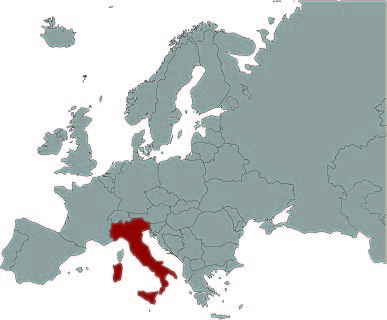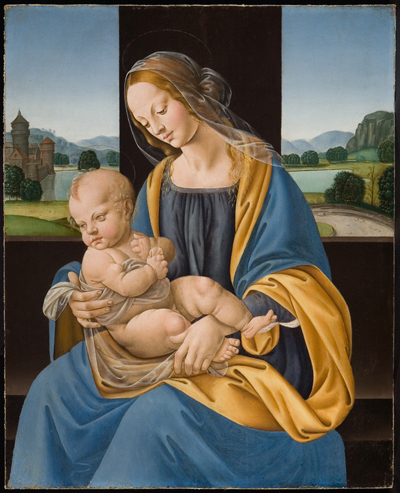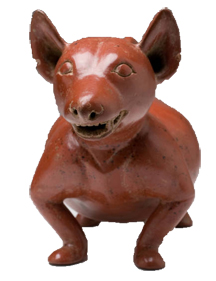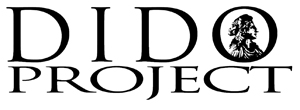

Italian Renaissance (c. 1400 CE - 1600 CE)
The Renaissance began with a shift of power from the old aristocratic families towards the wealthier middle class, whose wealth allowed their pursuit of beauty and religiosity through art.
At this time, art was considered a craft learned in workshops and studios where apprentices trained to paint in the style of a master. They learned to use linear perspective, a mathematical technique used to create an illusion of receding space on painting surfaces, giving art more dimensions. This, as well as a shift from a heavenly background to an earthly one, can be seen in Madonna and Child. Notice the natural background behind the Madonna instead of a golden glow often seen in medieval paintings.
As Europeans became increasingly interested in the human and the natural world, themes were often borrowed from Ancient Greece and Rome, such as the anatomically correct male nude as the ideal form. Where else on the timeline do you see Greek and Roman influences?
School of Lorenzo di Credi, Italian (1456-1536)
23 7/8 inches H; 19 3/16 inches W
Gift of Mr. and Mrs. William H. Thompson
1940.015.000
1446 First printed book, the Gutenberg Bible, is published in Germany.
1492 Columbus discovers America.
1503-06 Leonardo da Vinci paints Mona Lisa.
1508-12 Michelangelo paints the roof of the Sistine Chapel in the Vatican.




